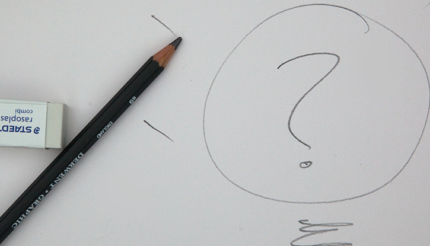In most workplaces, getting the job done may seem like the priority. At face value, this makes sense. You are here to complete tasks, and it’s all about the end results, right?
There is a limitation to this mindset. It can be so easy to follow the same instructions and do the same tasks over and over, that it becomes mechanical. We end up going through the motions, just doing what’s expected of us. We may have to think about practical steps to take to improve, but do we really think about how our cognitive functioning comes into play?
We all learn differently; that is a given. If you are in a group of people presented with the same challenge, the way you interpret and solve that challenge will be totally unique. This is because of the different pieces of information you, as an individual, will have retained, and the connections you make between them.
How these are made boils down to the function of different parts of the brain.
The left side of the brain controls short-term memory, logical reasoning and language, while the right side controls long-term memory, emotion, creativity and ideas.
Most people will err towards one over the other. This means that some people are more factual and logical in their way of thinking, while others are more visual and intuitive. And engaging both parts of the brain improves flexible thinking and adaptability.
So how does this apply to work?
The key is to be aware of how you learn and which side of your brain you use best. There are online tests you can take to explore your learning style in depth, such as the DISC profile. Doing so will highlight where you need to improve. It will also show you how your working style fits into your role and how it differs from those around you. Knowing these things is important in identifying how each individual complements each other, and potential challenges that can be resolved.
Top Tips on how to retain information in the workplace:
- Use coloured pens and pictures to engage the right side of your brain
- Use a combination of notes and visuals – try mind mapping, which combines facts with creative thinking
- Learn tasks by repetition
If you’d like to understand more about your learning style and find out how you can improve your performance, communication and leadership in your workplace, use our FREE Leadership and Communication Tool:






